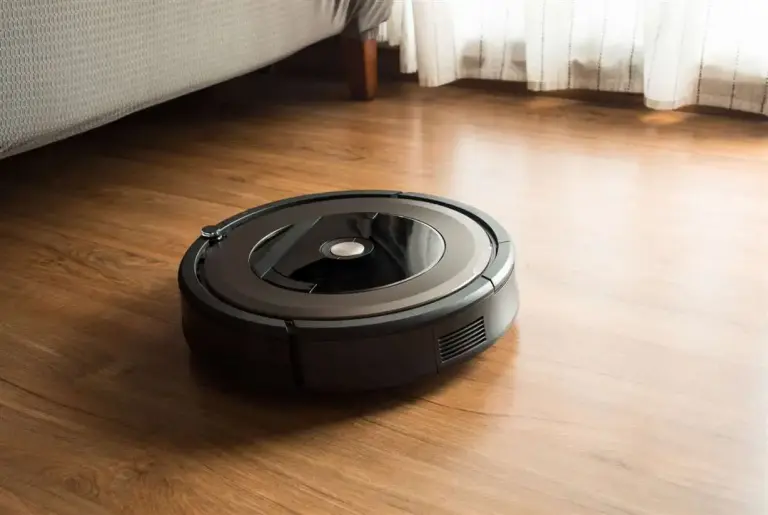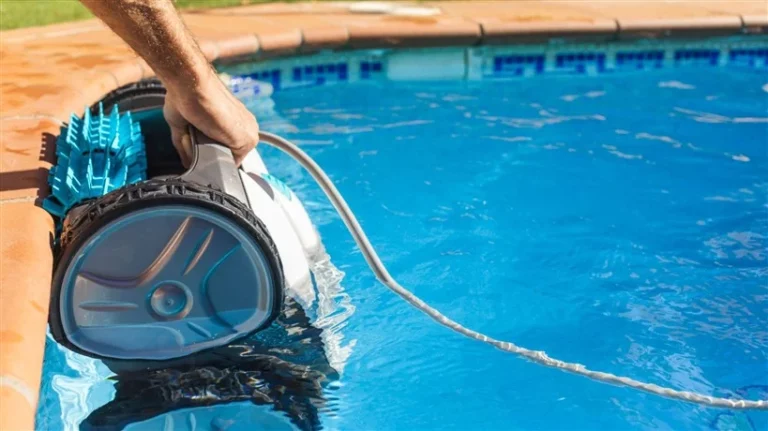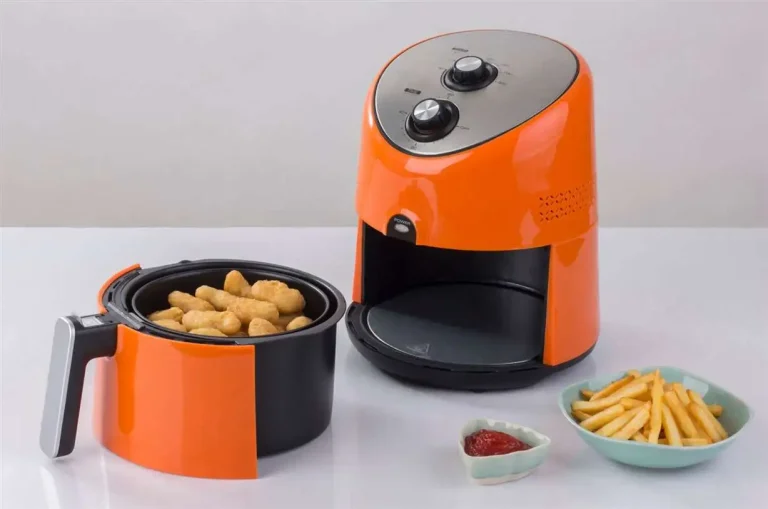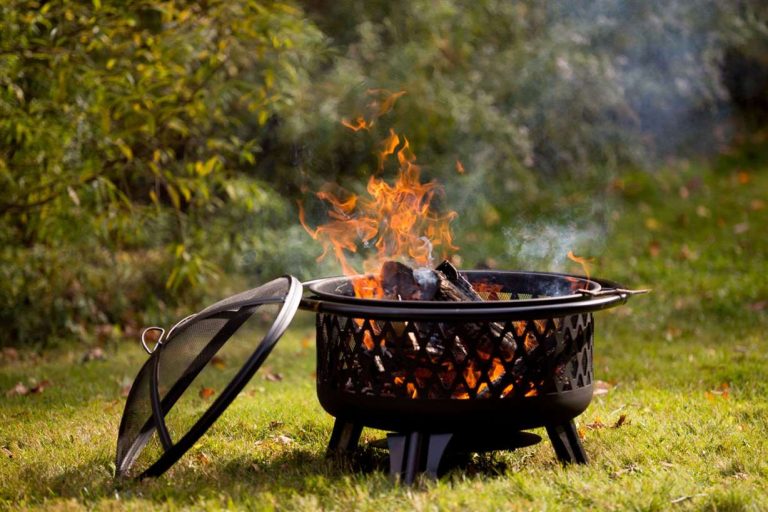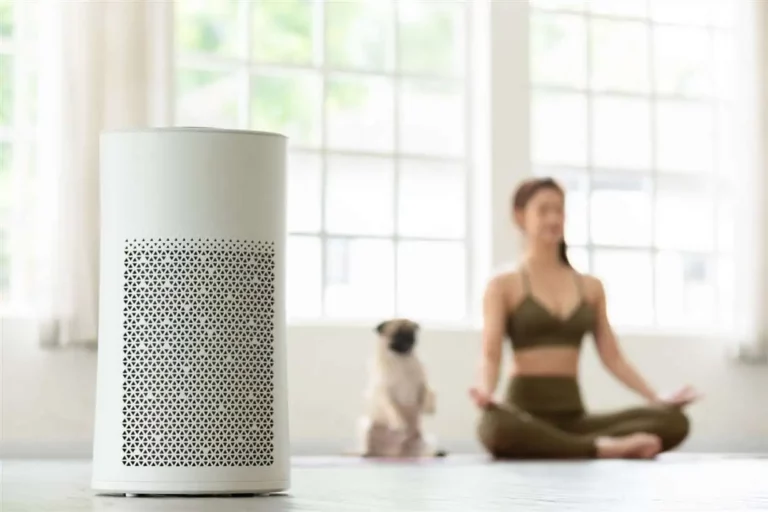Best Treadmills for Home
1 |  | View |
2 |  | View |
3 |  | View |
Finding the best treadmill for home use can be a game-changer for your fitness journey. Whether you’re looking to walk, jog, or run, a good treadmill can help you stay fit without leaving the comfort of your home. With so many options on the market, it’s important to find one that fits your specific needs, space, and budget. In this guide, we’ll explore the best treadmills for home use, breaking down the features that make each one stand out and helping you make an informed decision.
Who Is This Guide For?
This guide is perfect for anyone looking to add a treadmill to their home gym. Whether you’re a beginner looking for a simple walking treadmill, a seasoned runner wanting to take your workouts to the next level, or someone looking for a compact option that doesn’t take up too much space, this guide will help you choose the right model for your needs. It’s also ideal for those who want to make an investment in their health and fitness routine without having to deal with the hassle of going to the gym.
Why We Picked These Treadmills
The treadmills featured in this guide have been selected based on several key factors: performance, durability, user experience, and overall value for money. Each model is highly rated by users and experts alike, making them ideal for home use. Whether you’re seeking a treadmill with advanced features, one that’s budget-friendly, or a compact model for a small space, we’ve got options that meet a wide range of preferences and needs.
Key Features of the Best Treadmills for Home
When choosing the best treadmill for home use, several features will impact your experience. Here are the key elements to look for:
-
Motor Power: A motor with enough power is crucial for smooth operation. For walking and light jogging, a motor of 2.0 to 2.5 HP (horsepower) is sufficient. However, for running or higher-intensity workouts, consider a motor with 3.0 HP or more for better performance and durability.
-
Running Surface Size: The size of the treadmill’s running deck is important for comfort. A larger surface area provides more room to move, especially for runners. Look for a deck that’s at least 50 inches long and 16 inches wide for walking, and up to 60 inches long and 20 inches wide for running.
-
Incline Features: Many treadmills come with adjustable incline features, which can increase the intensity of your workout and target different muscle groups. If you plan to walk or run on an incline, look for models with a motorized incline that adjusts easily.
-
Space-Saving Design: Home treadmills should be compact, especially if you don’t have a dedicated gym space. Look for folding models that are easy to store when not in use. Make sure the treadmill is sturdy enough for your workout needs, even if it’s designed to be space-saving.
-
Cushioning System: The cushioning on the treadmill deck absorbs the shock from your steps, reducing impact on your joints. Look for treadmills with good shock absorption if you have joint concerns or plan to run regularly.
-
Tech Features: Many modern treadmills come with advanced tech features, including touch screens, fitness tracking apps, Bluetooth compatibility, heart rate monitoring, and built-in workout programs. If you’re into tech, consider a treadmill that provides data tracking and virtual workout options.
Buying Tips
When selecting a treadmill for your home, consider the following:
-
Space Considerations: Measure the area where you plan to place your treadmill to ensure it fits comfortably. Keep in mind that some models are larger than others, so choose a model that works with the space available in your home.
-
Weight Capacity: Make sure the treadmill can support your weight. Most home treadmills support up to 250-300 lbs, but heavier-duty models can support more. Always check the manufacturer’s weight capacity to avoid any issues with stability or performance.
-
Noise Level: If you plan to use your treadmill while others are at home, look for models that operate quietly. Treadmills with brushless motors tend to be quieter than those with traditional motors. Some models also have noise-reduction features.
-
Budget: Home treadmills come in a wide price range. Decide on your budget before you start shopping. While high-end models offer advanced features, there are many budget-friendly options that still provide solid performance for basic walking and running.
Usage Tips
-
Dress Comfortably: When using your treadmill, make sure to wear comfortable, moisture-wicking clothes. A good pair of running shoes designed for treadmill use is also essential to prevent injury and provide proper support.
-
Add Tech Accessories: If you’re into fitness tracking, consider adding accessories like a fitness watch or phone holder to your treadmill setup. Many people enjoy tracking their steps, calories, and heart rate during their workouts, so having the right tools can enhance the experience.
-
Use a Mat: To protect your floors and reduce noise, consider placing a treadmill mat underneath the machine. It helps prevent vibration and damage to your floors while ensuring your treadmill stays stable during workouts.
How to Use for Different Occasions
-
Casual Walks: For a light workout, a simple treadmill with basic functions is perfect. You don’t need advanced features—just a reliable motor and a comfortable surface for walking.
-
Intense Workouts: For running or intense cardio sessions, choose a treadmill with higher horsepower, a larger running surface, and incline features. Consider a model with built-in workout programs or apps that provide structured routines.
-
Compact Spaces: If you’re working with limited space, look for a treadmill with a folding design or one that’s easy to move. These models can be tucked away after use to make the most of your living area.
Common Mistakes to Avoid
-
Choosing the Wrong Motor Size: Make sure the motor can handle your workout intensity. For light use, a 2.0-2.5 HP motor is fine, but if you plan on running frequently, look for a treadmill with a motor that’s at least 3.0 HP to ensure smooth operation.
-
Ignoring Space Requirements: Don’t underestimate how much space a treadmill will take up. Make sure you have enough room for both the treadmill and enough space around it for safety and comfort.
-
Not Considering Long-Term Maintenance: Some treadmills require regular maintenance, such as lubrication of the running belt and motor care. Check whether the treadmill you choose needs special care and ensure you’re comfortable with the upkeep.
FAQ
-
What’s the best treadmill for a small home?
Look for compact, foldable models. These tend to save space and are easy to store when not in use. Check for dimensions and folding options to ensure they fit your living space. -
Can I run on a treadmill at home?
Yes, many home treadmills are designed for running. Look for a treadmill with a powerful motor (3.0 HP or higher) and a large running surface for comfort and safety. -
How do I know which treadmill is right for me?
Consider your fitness goals, space constraints, and budget. If you plan to walk or jog casually, a simple, budget-friendly model might work. If you’re a serious runner, choose a treadmill with more horsepower, a larger deck, and advanced features. -
Are home treadmills noisy?
Treadmills can vary in noise level. Models with brushless motors or quieter designs tend to be less noisy. If noise is a concern, look for reviews that mention quiet operation.
Final Thoughts
Choosing the best treadmill for home use depends on your fitness goals, available space, and budget. From basic models for casual walks to advanced machines for intense running workouts, there’s a treadmill out there for every need. Keep in mind factors like motor power, space-saving design, and technology features to ensure you get the best machine for your home gym. With the right treadmill, you’ll be ready to take on your fitness goals in the comfort of your own space.
1 |  | View |
2 |  | View |
3 |  | View |
